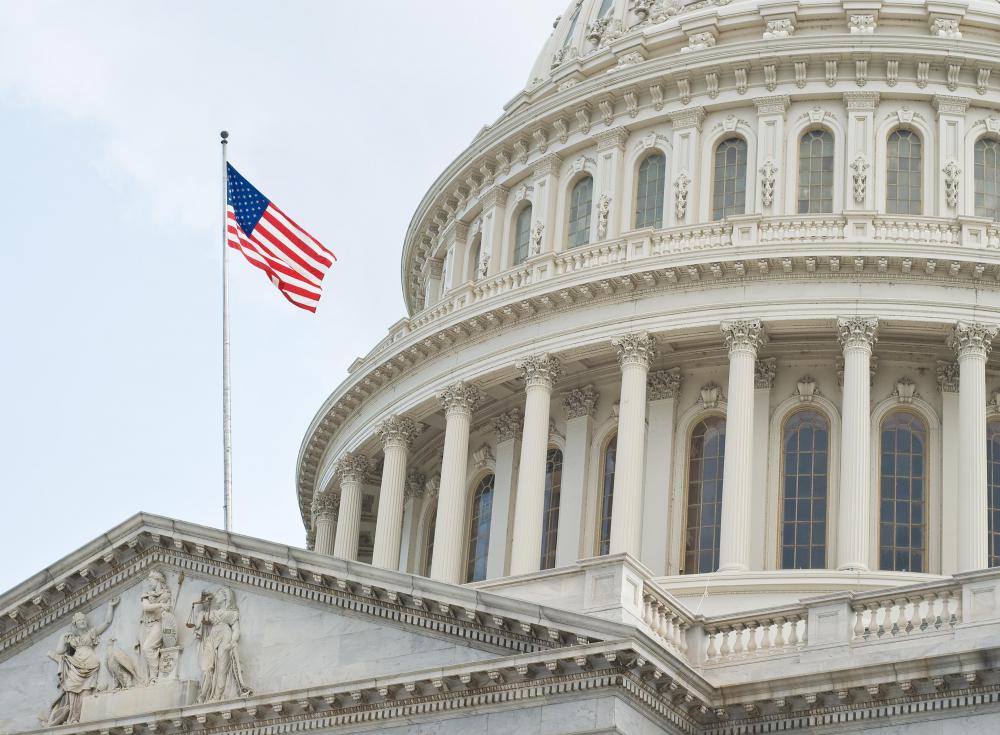At WiseGEEK, we're committed to delivering accurate, trustworthy information. Our expert-authored content is rigorously fact-checked and sourced from credible authorities. Discover how we uphold the highest standards in providing you with reliable knowledge.
What is the People's Party?
The People’s Party is a political party that came into being during the 19th century in the United States. It was formed in the Midwest and southern parts of the U.S. by an alliance of politically active agrarian reformers. The People’s Party, which was also called the Populist Party, advocated a sweeping range of both political and economic reformist legislation in the late 19th and early 20th centuries.
As a political party, the People’s Party was relatively short-lived; it lasted from 1887 to 1908. Disaffected farmers and laborers were unhappy with depressed economic conditions, the direction of the country and the response of both the Republican and Democratic parties. These farmers came together in Kansas in 1887 to form the party. It quickly spread to other agricultural states and then across the entire U.S.

During the first part of the 1890s, the party had quite a few election victories. The People’s Party won control of governors' seats in several states. In addition, it gained control of some state legislatures as well as had its members elected to the U.S. House of Representatives.
The broad appeal of the party came from the platform it put forth in 1892, which is known historically as the Omaha Platform. Politically, the party supported the direct election of U.S. Senators and supported women’s suffrage. On economic issues, the platform focused on having the federal government take a more active role in the American economy by increasing its regulation of businesses. To that end, the People’s Party advocated improved working conditions for factory laborers, the ownership of railroads by the federal government, union recognition and limiting the workday to eight hours. Easier access to credit, the secret ballot and the graduated income tax also were important planks in the party's platform.

In 1892, the People’s Party ran a national campaign for the presidency, with James Weaver as its candidate. Weaver received more than 1 million votes but finished a distant third in an election won by Grover Cleveland. By the time of the election of 1896, many of the planks, issues and causes of the People’s Party had been absorbed by the Democratic Party. Consequently, it ceased to exist as a national political organization.
The People’s Party eventually reorganized. It ran an unsuccessful candidate for president in the 1904 and 1908 elections but disbanded permanently after those defeats. Although the party itself was short-lived, much of its Omaha Platform was enacted during the progressive and New Deal eras of the 20th century.
AS FEATURED ON:
AS FEATURED ON:












Discuss this Article
Post your comments